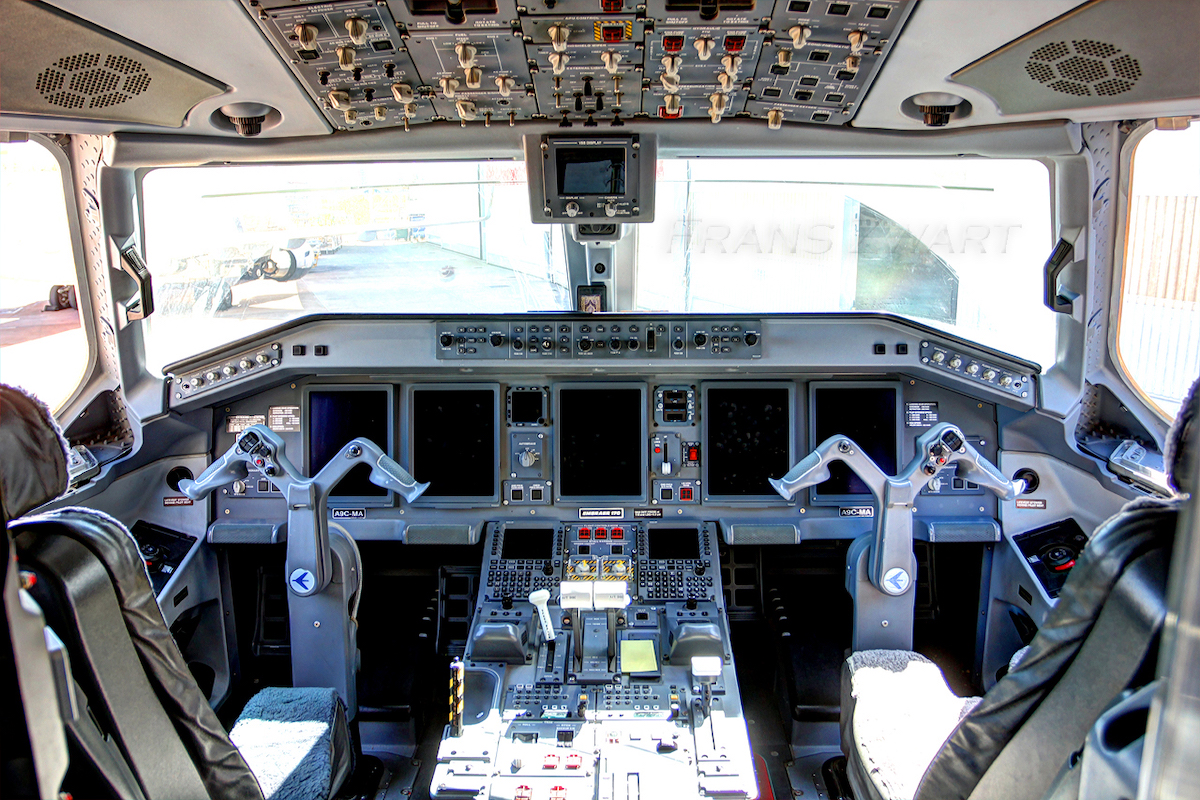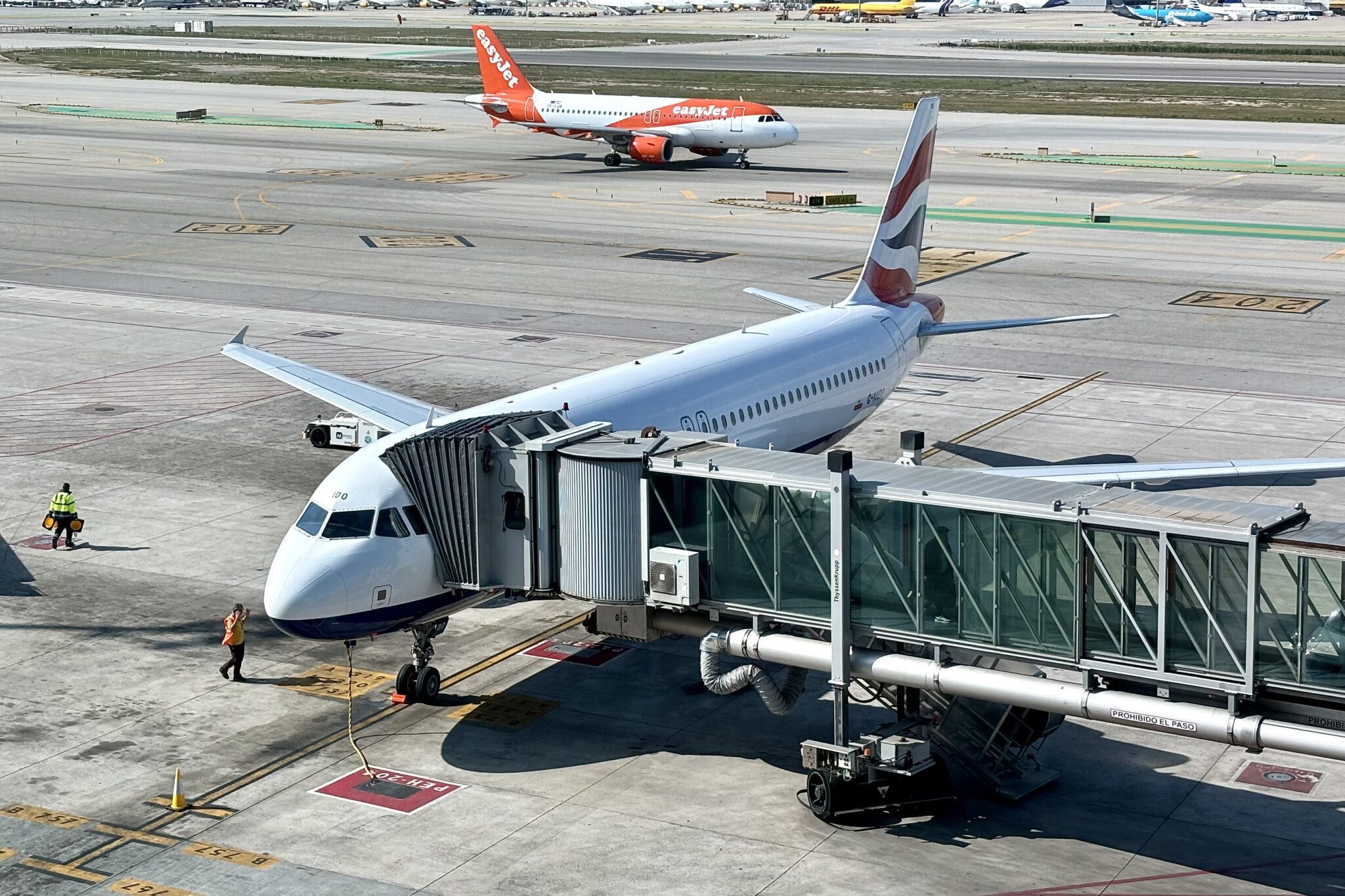The pilot shortage in the U.S. will get worse before it gets better, according to a the second-largest regional airline in the country, Republic Airways.
Republic Chief Financial Officer Joseph Allman forecasts the shortage reaching its apex — or “its worst” — in the second and third quarters of 2023, he said at the ISTAT Americas conference on March 8. The airline already anticipates reducing block hours — how regional airlines measure capacity — to roughly 9 hours per aircraft in the second half of 2022 from around 9.5 hours currently due to pilots. Tighter pilot supply would mean further reductions.
“If scarcity of labor was not an issue, we would be 20 percent higher,” Allman said referring to block hours. “We’d be above pre-pandemic levels.”
Since March 2020 when the pandemic took hold, Republic’s schedule peaked at up 9 percent in third quarter of 2021 compared with two years earlier, Cirium data show. Flights are up just 3 percent year-over-three-years in the first quarter. The airline flies Embraer E-Jets for American Airlines, Delta Air Lines, and United Airlines.
Estimates on the size of the shortfall vary. Republic expects the U.S. industry to be short roughly 8,000 pilots in 2023, said Allman. While Oliver Wyman forecasts a shortfall of as many as 12,000 pilots next year. Regional airlines like Republic are hit hardest as their crews are the feedstock for major airlines that reduced their ranks through voluntary departure packages, and early retirements early in the pandemic. Now, crews are leaving regional carriers for jobs at the majors faster than they can hire new staff.
Executives at major carriers, including American and United, have repeatedly insisted that they do not face a shortage of pilots to fly mainline jets. The staffing concerns are limited to their regional affiliates, they have said.
Allman’s timeline for the shortage is worse than that expressed by mainline carrier leaders. In January, Delta President Glen Hauenstein said the airline expects the pipeline of new pilots to fill out by the second half of the year, thus allowing it to rollback the reductions it made to regional flying during the first half. And incoming American CEO Robert Isom said the same month that the issue was getting crews into and through the training pipeline.
Signs point to a longer-term problem than a quarter or two. United has exited around a dozen destinations and suspended more routes citing pilots. And Alaska Airlines has adjusted its regional aircraft deliveries to align with its pilot staffing forecast at its affiliates. Even rapidly-growing discounters Frontier Airlines and Spirit Airlines — which want to merge to enable even more growth — cited the shortage as a constraint on their businesses in 2022 in their annual reports.
Airlines are working to address the situation. Alaska joined United in launching a training program Wednesday with its new Ascend Pilot Academy, a partnership with the Hillsboro Aero Academy. The program includes access to financial aid, a $25,000 stipend to defray training expenses, as well as a conditional job offer from Horizon Air upon completion of the program. United launched the United Aviate Academy in January, while other airlines like JetBlue Airways and Spirit partner with flight schools to encourage more people to become pilots.
But a lack of pilots today has ramifications for the near-term travel recovery. Small cities are already losing flights from major carriers, though none have been completely lost air service. One concern is that a community could maintain flights on a budget carrier, for example Allegiant Air, but lose service on a network airline that would effectively disconnect it from the global network.
The historic run-up in oil prices since Russia’s invasion of Ukraine in February only makes the problem worse. Alaska, Allegiant, and Sun Country all plan to cut back capacity over the next few months as a result. While others, including United, have said that capacity reductions could come depending on how much they can pass through higher oil costs to travelers.
“With the ongoing Covid, aircraft delivery, jet fuel and labor related disruptions occurring in the aviation industry, tracking scheduled capacity has become more crucial than ever,” wrote Cowen & Co. analyst Helane Becker on Tuesday. She added that high fuel costs “may force airlines to limit their future growth and capacity.”
One long-standing issue is the requirement that U.S. airline transport pilot, or ATP, certificate holders have at least 1,500 hours. While a well-intentioned rule change following the crash of a Colgan Air flight in 2009, the requirement had the unintended consequence of shrinking the pool of qualified pilots and significantly increasing training costs. Regional airlines have long railed agains the rule, and warned that it would cause a pilot shortage.
“It seems crazy that a 300-hour [first officer] can land a Lufthansa A350 into JFK flying over Queens, and a U.S. pilot can’t do the same thing,” Mesa Airlines CEO Jonathan Ornstein said in February, referring to the number of hours European pilots must have to be certified. “No other country in the world has adopted [the 1,500-hour rule], not a single one.”
Under current U.S. rules, it can take several years for an individual to go through training, and fly all of the required hours before they are certified as an airline pilot by the Federal Aviation Administration.





